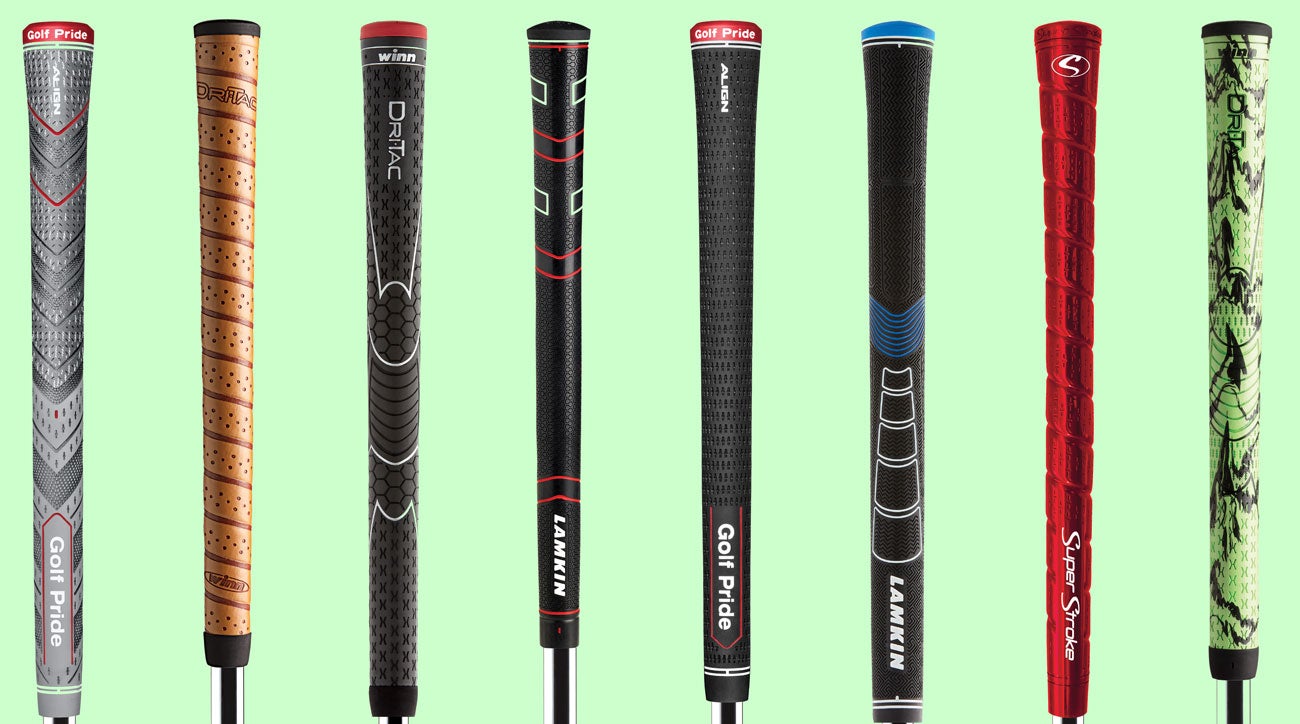Welcome to Gear Questions You’re Afraid to Ask, a GOLF.com series produced in partnership with Cleveland/Srixon Golf. In this column, we explore some indicators to look for come time to determine if your clubs fit your swing.
Does the finish on my wedges affect how much spin I’m able to produce? – Hudson M., Washington
Some wedge manufacturers offer a variety of finishes (or lack thereof) to choose from, ranging from chrome plating, satin, oil-quenched, raw and so on, each designed to yield a specific look and feel. And despite what you might think — even though it may seem to be the case — the finish or plating on your wedge has little to no affect on how much spin your wedge imparts on the ball.
Even we (self-professed gearheads) are sometimes swayed into believing that the finish on a wedge plays a greater role than it actually does. Conventional wisdom would make it seem that because a rusty finish feels rougher, it’ll induce more spin. But in reality, that’s not true. We’ve even seen some wedge tests that prove the contrary, showing that rust could actually work against you by lessening the effectiveness of your grooves and/or by covering up patterns or micro grooves on the clubface. This means you could possibly have a rusty wedge that’s inhibiting spin, not adding more of it.
So, what does matter when it comes to generating spin? Grooves. And to a lesser extent, the texturing on the clubface. The angle, sharpness, depth and width of your wedge’s primary grooves are the real spin generators, with micro-grooves and/or milled patterns providing extra traction to generate even more.

Cleveland CBX Full-Face wedges
Let’s look at Cleveland’s CBX Full-Face wedge as an example. Not only does it come with a full-face of grooves (something we think every wedge should have at this point), it comes with as much spin-inducing technology that Cleveland could throw at it. The face is Rotex milled for a grippy texture and there are laser-cut Utilizip grooves between the bigger Tour Zip grooves, making it as spinny as possible/allowable under the USGA rules.
With that much technology pouring into helping golfers generate more wedge spin, you can rest assured knowing that whatever finish you choose, you can be confident in your wedge being designed to help you spin the ball as much as possible. The technique is also a huge part of how you generate spin as well—golfers who have higher spin lofts at impact generate more spin than those who don’t. Plain and simple.
Since we’re on the topic, another factor that contributes to generating spin is the shaft. Softer “wedge” flex shafts have been know to help golfers increase their spin rates, which choosing stiffer shafts have done the opposite for players who want more trajectory and spin control.
Whatever finish you choose, go with the one that looks and feels best to you. Satin or raw finishes tend to have less glare, but no doubt chrome is easier to keep clean. Some players don’t like the way a dark finish looks while others love it. There’s no wrong answer—go with what finish looks best to your eye and let your wedge’s clubface tech (not the finish) handle the spin.
Want to overhaul your own bag? Visit the expert fitters at affiliate partner, True Spec Golf. For more on the latest gear news, check out our latest Fully Equipped podcast below.










